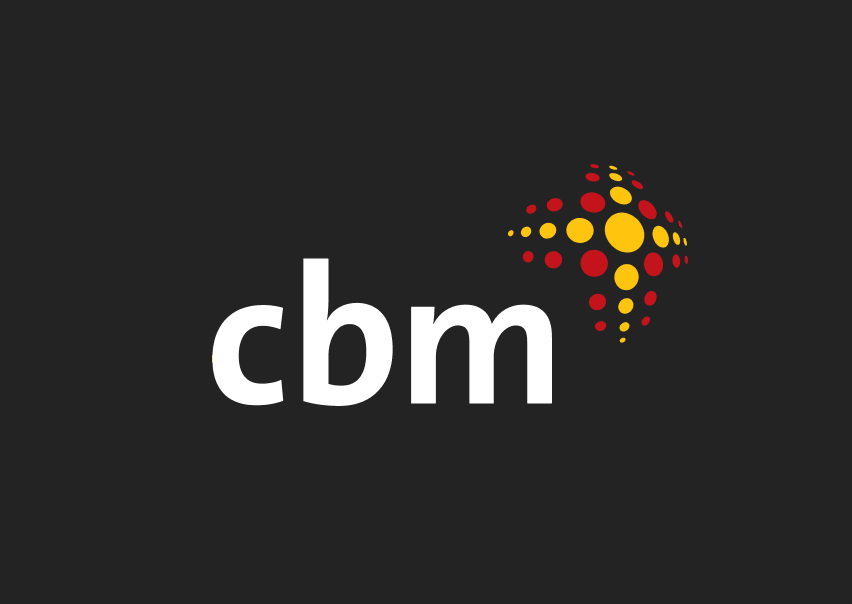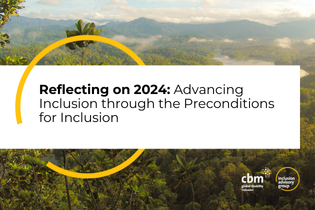What innovation do we need on disability inclusion in humanitarian action?
Ahp-phase-iii-program, Iag | June 17, 2024
There are extreme barriers to inclusion in humanitarian settings. It is crucial for partners to recognise challenges and look for innovative solutions. Disability inclusion is still largely being thought of in terms of ramps and assistive devices, but there is need for more inclusive materials for schools, health, livelihoods, and disaster risk reduction.
What can be done when inaccessibility is pervasive, when there challenging geography and there are legal restrictions on what is and is not allowed? How can experts such as engineers be involved in designing user-centred solutions?
The AHP Phase III’s lessons learned report recommends involving people with disabilities and humanitarian staff to co-create disability inclusion materials and solutions that are tailored to the context.
Examples of products include:
- Resources that support engagement of all people with disabilities, including those most likely to be left behind such as deaf and blind people, and people with cognitive and psychosocial disabilities.
- Translations of materials on disability inclusion into local languages, for example in the Rohingya communities this includes Bengali, Burmese, Rohingya and Chittagonian.
- Creative materials such as games, prototypes, demonstration materials, stories on accessibility, attitude, communication that are designed to the context of the Rohingya refugee population and the host communities.
- Appropriate technology that addresses accessibility constraints, e.g. to adapt inaccessible WASH facilities.
- Protocols with ‘how to’ guidance that are easy to follow and include pictorial and culturally sensitive information. Guidance is tailored to the different technical sectors such as WASH, Disaster Risk Reduction, Gender-Based Violence, Health and Sexual Reproductive Health.
- Behaviour change communication materials for a range of stakeholders, including government authorities and faith leaders in the camps and host community. Content of these materials include information to address attitudinal barriers in Rohingya communities, and to break down stigma. It is important that these materials target senior decision makers in the camps, as well as faith leaders, as they are all very influential in normative behaviour of the people living in their area or sharing a common faith.
Lesson Learned
Disability inclusion should bring about real access for people with disabilities. General guidance is not enough and needs to be tailored in practice for complex settings. Jointly working with people with disabilities and humanitarian practitioners in co-design is vital to arrive at user-centred solutions.
Discover more
This blog is part of a five-part series of insights into the lessons the Inclusion Advisory Group collated from the Australian Humanitarian Partnership (AHP) Phase III program.
Find out more about the program here.
https://www.cbm.org.au/iag/ahp-phase-iii-program/what-innovation-do-we-need-on-disability-inclusion-in-humanitarian-action
Related Stories

Building a Just and Inclusive Future: Disability-Inclusive Disaster Risk Reduction and Climate Action
People with disabilities are among the hardest hit by...

Five things organisations should think about when supporting OPDs in capacity strengthening
Strengthening the capacity of organisations of people with disabilities...

CBM IAG’s work in 2024 through the Preconditions for Inclusion
As DFAT’s disability inclusion technical partner, CBM Australia's #InclusionAdvisoryGroup (IAG) were so excited to...
